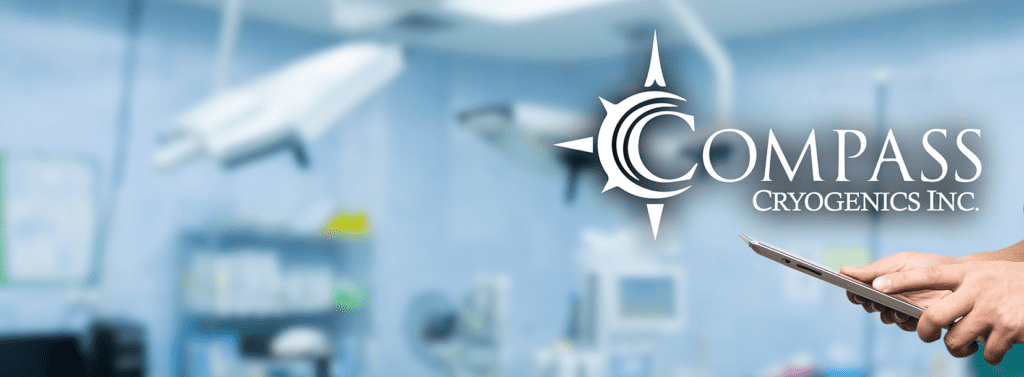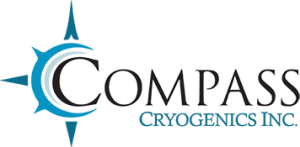
Medical Gas Risk Assessment and Compliance Review
Compass Cryogenics’ Role
A risk assessment for medical gas systems involves evaluating potential hazards, assessing the likelihood and severity of risks, and implementing controls to mitigate these risks. Here’s an outline of the key steps involved for Compass:
- Identify Hazards:
- List all potential hazards associated with the medical gas system, such as gas leaks, improper installation, equipment failure, or human error.
- Assess Risks:
- Determine the likelihood of each hazard occurring (e.g., frequent, occasional, rare) and assess the potential consequences (e.g., minor inconvenience, patient harm, equipment damage).
- Use a risk matrix or similar tool to assign risk levels based on likelihood and consequence.
- Evaluate Current Controls:
- Review existing safety measures and controls in place to mitigate identified risks (e.g., regular inspections, training programs, emergency response protocols).
- Identify Additional Controls:
- Determine if additional controls are needed to reduce risks to an acceptable level.
- Consider implementing engineering controls (e.g., pressure monitoring systems, gas detection alarms), administrative controls (e.g., staff training, standard operating procedures), and personal protective equipment (PPE) requirements.
Medical Facility Role
By conducting a thorough risk assessment and implementing appropriate controls, healthcare facilities can enhance the safety and reliability of their medical gas systems, ultimately protecting the well-being of patients, staff, and visitors. Key steps for the medical facility may be:
- Implement Risk Mitigation Measures:
- Develop and implement an action plan to address identified risks.
- Assign responsibilities and timelines for implementing new controls or enhancing existing ones.
- Monitor and Review:
- Establish a schedule for monitoring and reviewing the effectiveness of risk controls.
- Conduct regular audits and inspections to ensure compliance with safety standards and protocols.
- Documentation:
- Maintain detailed records of risk assessments, control measures implemented, and any incidents or near-misses related to the medical gas system.
- Update the risk assessment periodically or as changes occur in the system or operational environment.
- Work with Compass Cryogenics to perform annual, semi-annual, or quarterly inspections, repairs, and maintenance on medical gas systems.
Compass Cryogenics can assist in assessing risk as outlined in NFPA 99 and outline the necessary steps to ensure your medical gas system complies with regulatory standards.
If you are unsure if your facility’s medical gas system meets code requirements, let Compass Cryogenics conduct a thorough review to identify any necessary changes, repairs, or equipment upgrades needed to align with NFPA 99 patient safety standards.
Trustworthy and efficient, their NFPA99-compliant medical gas services provide peace of mind, ensuring facilities meet regulatory requirements and uphold the highest safety and reliability standards.





